Transient Response
Transient response in power supplies refers to how quickly and effectively the PSU stabilizes its output voltage during sudden changes in load demand, such as when a CPU or GPU increases its power draw. It’s measured by the time and voltage deviation during these shifts. A faster, smaller transient response ensures stable power, preventing instability or damage to components.
20% Load – 20ms
| Advanced Transient Response 20% - 50 Hz - No Caps | ||||
| Voltage | Before | After | Change | Pass/Fail |
| 12V | 12.160V | 11.964V | 1.61% | Pass |
| 5V | 5.045V | 4.915V | 2.59% | Pass |
| 3.3V | 3.353V | 3.185V | 5.00% | Pass |
| 5VSB | 5.007V | 4.944V | 1.25% | Pass |
50% Load -20ms
| Advanced Transient Response 50% - 50 Hz - No Caps | ||||
| Voltage | Before | After | Change | Pass/Fail |
| 12V | 12.104V | 11.892V | 1.74% | Pass |
| 5V | 5.003V | 4.891V | 2.23% | Pass |
| 3.3V | 3.308V | 3.151V | 4.74% | Pass |
| 5VSB | 4.904V | 4.828V | 1.56% | Pass |
The transient response is mediocre on all rails, mainly at 12V and 3.3V.
Transient Response ATX v3.1 Tests
For PSUs without a 12+4 pin connector, the maximum applied load for the transient response tests is 150%, rather than 200%.
The PSU passes all ATX v3.1 transient response tests.
The 12V rail’s performance is pretty good at high loads.
Pages:

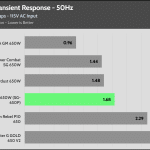
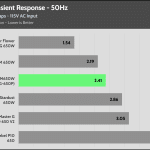
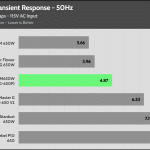
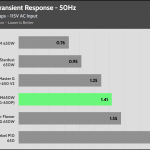
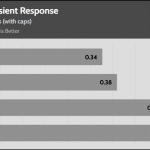
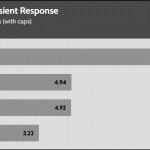
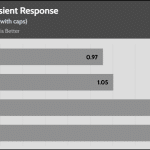
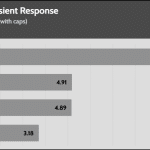

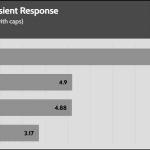
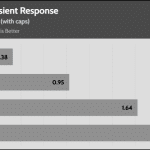
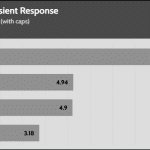
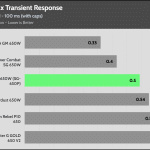
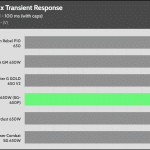
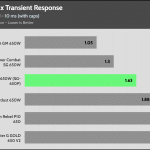

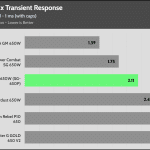
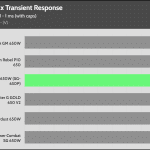
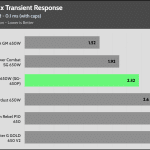
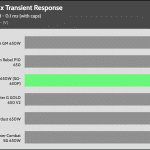
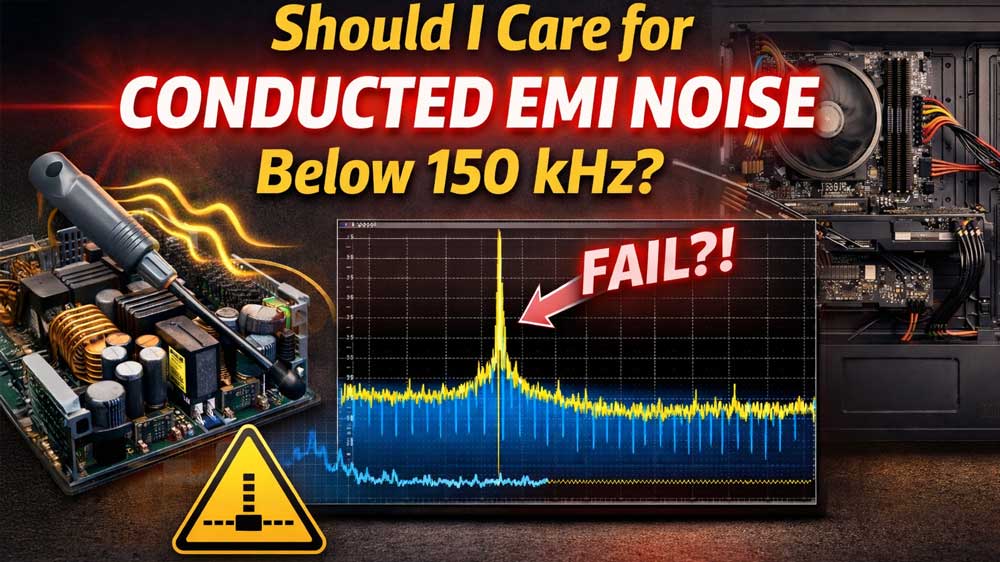

Are you gonna review the FSP Mega Ti 1650W?
Once I find some time sure.